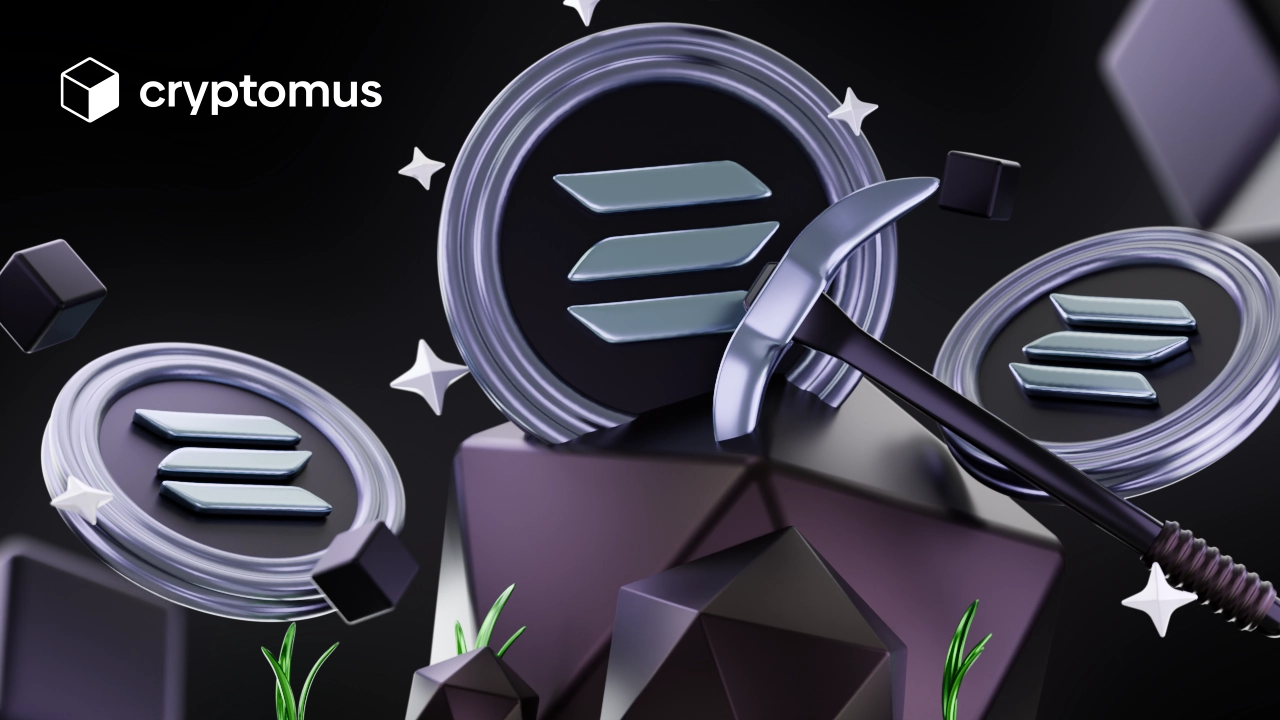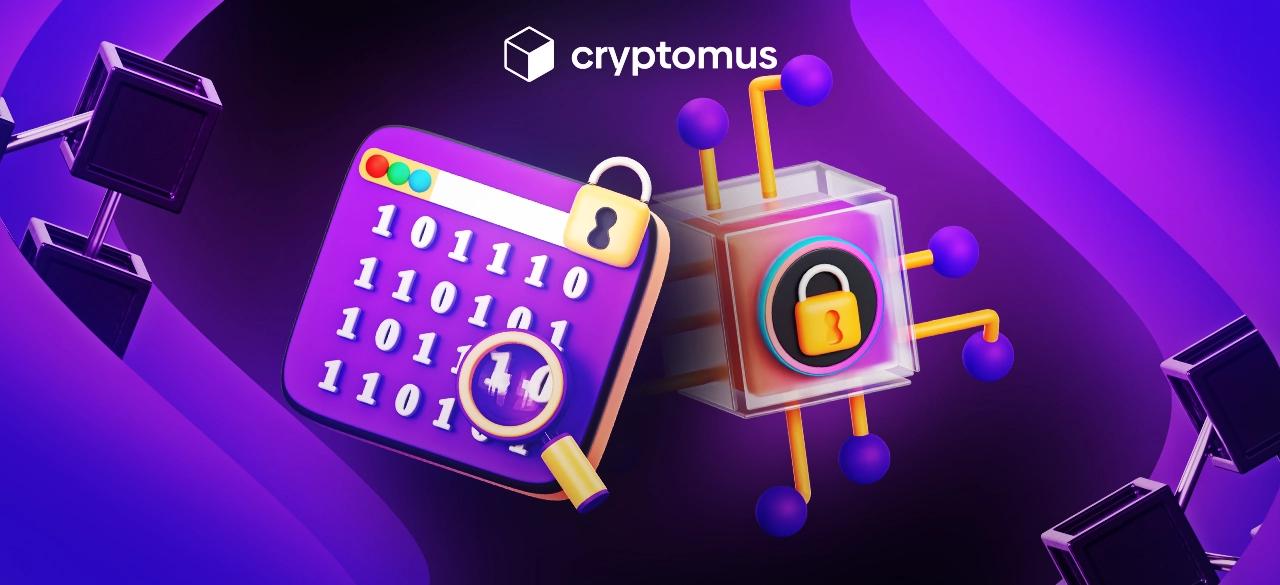
Solana को कैसे “mine” करें
Solana एक लोकप्रिय cryptocurrency है और लंबे समय से crypto निवेशकों की पसंदीदा रही है। लेकिन जहाँ Solana mining के बारे में कुछ जानकारी इंटरनेट पर घूम रही है, वह पूरी तरह से सटीक नहीं है।
लेकिन क्या आप अब भी Solana से अतिरिक्त इनाम प्राप्त कर सकते हैं? बिल्कुल कर सकते हैं! इस गाइड में, हम स्पष्ट करेंगे कि mining Solana के लिए क्यों काम नहीं करती और इसके विकल्प क्या हैं।
क्या आप Solana को mine कर सकते हैं?
अगर आप अपनी crypto से कुछ इनाम कमाने में रुचि रखते हैं, तो आपने "mining" शब्द जरूर सुना होगा। Miners जटिल गणितीय समस्याएँ हल करते हैं ताकि लेनदेन को सत्यापित किया जा सके और नेटवर्क को सुरक्षित रखा जा सके। हालांकि, यह तरीका अत्यधिक कंप्यूटिंग पावर लेता है, जिससे ऊर्जा की भारी खपत और महंगे हार्डवेयर की आवश्यकता होती है।
तो क्या आप mining के ज़रिए अतिरिक्त SOL टोकन प्राप्त कर सकते हैं? नहीं, आप पारंपरिक अर्थ में Solana को mine नहीं कर सकते। Proof-of-Work (PoW) आधारित cryptocurrencies के विपरीत, जिन्हें mine किया जा सकता है, Solana Proof-of-Stake (PoS) मैकेनिज्म का उपयोग करता है जो अलग तरीके से काम करता है।
इस तरह, आप Solana blockchain पर staking के माध्यम से अब भी इनाम कमा सकते हैं, जो PoS मैकेनिज्म में निहित है। इसमें आप अपने कुछ SOL टोकन किसी validator को सौंपते हैं जो लेनदेन को सत्यापित करता है और नेटवर्क को सुरक्षित रखने में मदद करता है। Validators को उनके काम के बदले में transaction fees मिलती हैं; इन फीस का एक हिस्सा उन उपयोगकर्ताओं में बांटा जाता है जिन्होंने अपने SOL टोकन उस validator को सौंपे हैं।
अधिक जानने के लिए हमारा Solana staking guide देखें।
Solana प्राप्त करने की प्रक्रिया क्या है?
जैसा कि हमने कहा, Solana को mine करने का कोई तरीका नहीं है क्योंकि यह नेटवर्क को सुरक्षित करने के लिए PoW मैकेनिज्म का उपयोग नहीं करता। चूंकि Solana PoS मैकेनिज्म का उपयोग करता है, आप अपने स्मार्टफ़ोन या कंप्यूटर पर किसी staking सेवा का उपयोग करके staking के माध्यम से इनाम कमा सकते हैं।

जैसा कि आप उम्मीद करेंगे, staking की प्रक्रिया mining से काफ़ी अलग है, और आपके पास कई विकल्प होते हैं:
-
Delegating: यह सबसे आम और सुलभ तरीका है। यहाँ आप अपने टोकन किसी भरोसेमंद validator को सौंपते हैं, इसलिए तकनीकी ज्ञान की ज़रूरत नहीं होती। इनाम validator के प्रदर्शन और आपके द्वारा सौंपे गए टोकन की मात्रा पर निर्भर करता है।
-
Crypto exchange का उपयोग करना: कई crypto exchanges Solana के लिए staking सेवाएँ प्रदान करते हैं, और यह शुरुआती लोगों के लिए एक शानदार तरीका है। बस प्लेटफ़ॉर्म की staking शर्तों और फीस को समझने के बाद ही शामिल हों।
-
Validator node चलाना: यह तरीका अधिक इनाम देता है, लेकिन इसके लिए तकनीकी ज्ञान और संसाधनों की आवश्यकता होती है, इसलिए यह केवल अनुभवी उपयोगकर्ताओं के लिए उपयुक्त है।
आइए validator के माध्यम से Solana staking की प्रक्रिया को देखें। यहाँ Solana staking के लिए एक सामान्य गाइड है:
- Solana wallet चुनें।
- SOL टोकन प्राप्त करें।
- एक validator चुनें।
- अपने SOL को delegate करें।
- इनाम कमाना शुरू करें।
आपका चुना हुआ वॉलेट आपके द्वारा चुने गए प्लेटफ़ॉर्म पर delegation प्रक्रिया के माध्यम से आपको मार्गदर्शन करेगा।
Staking शुरू करने से पहले जानें कि crypto staking पर टैक्स कैसे लगता है।
Solana Staking के लाभ और जोखिम
किसी भी अन्य निवेश के रूप में, staking के अपने फायदे और जोखिम होते हैं। Solana staking के लाभ शामिल हैं:
-
निष्क्रिय आय: आप बिना ट्रेडिंग किए या सक्रिय रूप से शामिल हुए इनाम कमा सकते हैं।
-
सुगमता: Staking के लिए mining की तुलना में बहुत कम तकनीकी विशेषज्ञता और हार्डवेयर की आवश्यकता होती है।
-
कम प्रवेश बाधा: न्यूनतम staking राशि प्लेटफ़ॉर्म पर निर्भर करती है, लेकिन आम तौर पर काफी कम होती है।
-
स्केलेबिलिटी: Staking में mining की तुलना में बहुत कम ऊर्जा खर्च होती है। और यदि आप किसी delegator के माध्यम से stake करते हैं, तो कोई ऊर्जा व्यर्थ नहीं होती।
बिलकुल, Solana staking से जुड़े कुछ जोखिम भी हैं:
-
Impermanent loss: अगर staking के दौरान SOL की कीमत गिरती है, तो इनाम मिलने के बावजूद आपकी होल्डिंग का मूल्य घट सकता है।
-
Slashing: अगर चुना गया validator अनुचित या दुर्भावनापूर्ण व्यवहार करता है, तो आप अपने कुछ SOL टोकन खो सकते हैं।
-
इनाम में कमी: आपके इनाम Solana नेटवर्क पर कुल staked SOL की मात्रा से प्रभावित होते हैं। अगर अधिक लोग SOL stake करते हैं, तो प्रत्येक व्यक्ति को मिलने वाला इनाम घट जाता है।
अब आप समझ गए होंगे कि Solana को mine नहीं किया जा सकता, लेकिन नेटवर्क से जुड़ने और इनाम कमाने के अन्य तरीके मौजूद हैं। हमने देखा कि Solana staking mining का एक वैकल्पिक तरीका है जिससे आप कमाई शुरू कर सकते हैं।
हमें उम्मीद है कि यह गाइड आपके लिए उपयोगी रहा! कृपया अपने सवाल और विचार टिप्पणियों में साझा करें।
लेख को रेटिंग दें




टिप्पणियाँ
0
अपनी टिप्पणी पोस्ट करने के लिए आपको लॉग इन करना होगा